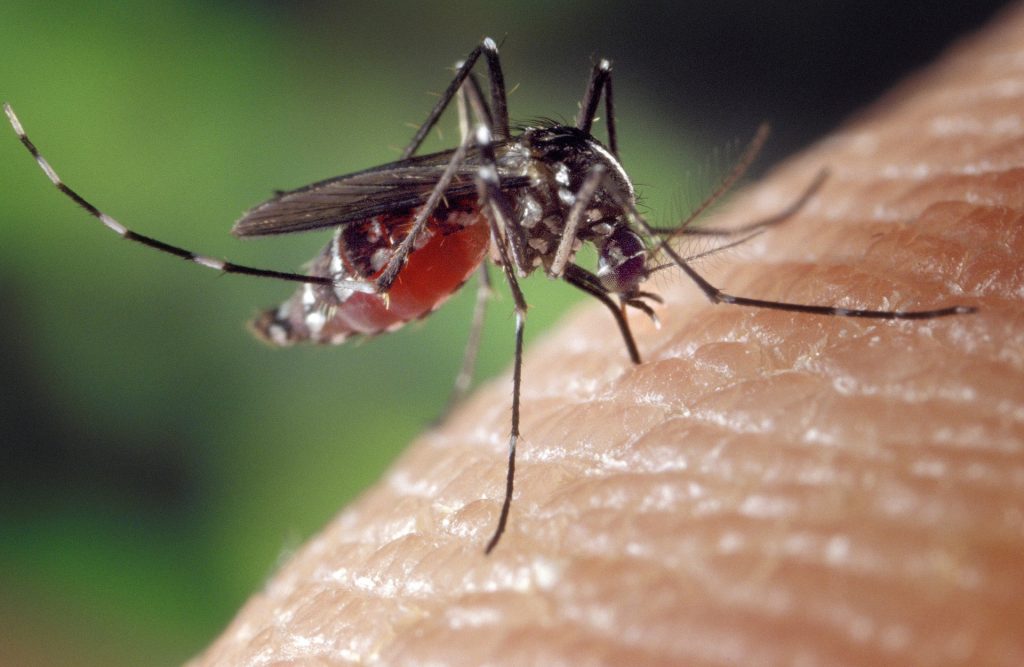[et_pb_section bb_built=”1″ _builder_version=”3.22.3″ width=”106.4%” custom_margin=”0px|-130px||||” custom_padding=”4px|0px||||”][et_pb_row custom_padding=”0px|0px|0px|1px||” custom_margin=”-15px|132px||-1px||” _builder_version=”3.22.3″ background_size=”initial” background_position=”top_left” background_repeat=”repeat” width=”99.3%”][et_pb_column type=”4_4″][et_pb_text _builder_version=”3.23.3″ text_line_height=”2em” width=”100%” custom_margin=”40px|-383px||1px||” custom_padding=”0px|0px|0px|4px||” z_index_tablet=”500″ text_text_shadow_horizontal_length_tablet=”0px” text_text_shadow_vertical_length_tablet=”0px” text_text_shadow_blur_strength_tablet=”1px” link_text_shadow_horizontal_length_tablet=”0px” link_text_shadow_vertical_length_tablet=”0px” link_text_shadow_blur_strength_tablet=”1px” ul_text_shadow_horizontal_length_tablet=”0px” ul_text_shadow_vertical_length_tablet=”0px” ul_text_shadow_blur_strength_tablet=”1px” ol_text_shadow_horizontal_length_tablet=”0px” ol_text_shadow_vertical_length_tablet=”0px” ol_text_shadow_blur_strength_tablet=”1px” quote_text_shadow_horizontal_length_tablet=”0px” quote_text_shadow_vertical_length_tablet=”0px” quote_text_shadow_blur_strength_tablet=”1px” header_text_shadow_horizontal_length_tablet=”0px” header_text_shadow_vertical_length_tablet=”0px” header_text_shadow_blur_strength_tablet=”1px” header_2_text_shadow_horizontal_length_tablet=”0px” header_2_text_shadow_vertical_length_tablet=”0px” header_2_text_shadow_blur_strength_tablet=”1px” header_3_text_shadow_horizontal_length_tablet=”0px” header_3_text_shadow_vertical_length_tablet=”0px” header_3_text_shadow_blur_strength_tablet=”1px” header_4_text_shadow_horizontal_length_tablet=”0px” header_4_text_shadow_vertical_length_tablet=”0px” header_4_text_shadow_blur_strength_tablet=”1px” header_5_text_shadow_horizontal_length_tablet=”0px” header_5_text_shadow_vertical_length_tablet=”0px” header_5_text_shadow_blur_strength_tablet=”1px” header_6_text_shadow_horizontal_length_tablet=”0px” header_6_text_shadow_vertical_length_tablet=”0px” header_6_text_shadow_blur_strength_tablet=”1px” box_shadow_horizontal_tablet=”0px” box_shadow_vertical_tablet=”0px” box_shadow_blur_tablet=”40px” box_shadow_spread_tablet=”0px” inline_fonts=”Arvo” text_text_shadow_horizontal_length=”text_text_shadow_style,%91object Object%93″ text_text_shadow_vertical_length=”text_text_shadow_style,%91object Object%93″ text_text_shadow_blur_strength=”text_text_shadow_style,%91object Object%93″ link_text_shadow_horizontal_length=”link_text_shadow_style,%91object Object%93″ link_text_shadow_vertical_length=”link_text_shadow_style,%91object Object%93″ link_text_shadow_blur_strength=”link_text_shadow_style,%91object Object%93″ ul_text_shadow_horizontal_length=”ul_text_shadow_style,%91object Object%93″ ul_text_shadow_vertical_length=”ul_text_shadow_style,%91object Object%93″ ul_text_shadow_blur_strength=”ul_text_shadow_style,%91object Object%93″ ol_text_shadow_horizontal_length=”ol_text_shadow_style,%91object Object%93″ ol_text_shadow_vertical_length=”ol_text_shadow_style,%91object Object%93″ ol_text_shadow_blur_strength=”ol_text_shadow_style,%91object Object%93″ quote_text_shadow_horizontal_length=”quote_text_shadow_style,%91object Object%93″ quote_text_shadow_vertical_length=”quote_text_shadow_style,%91object Object%93″ quote_text_shadow_blur_strength=”quote_text_shadow_style,%91object Object%93″ header_text_shadow_horizontal_length=”header_text_shadow_style,%91object Object%93″ header_text_shadow_vertical_length=”header_text_shadow_style,%91object Object%93″ header_text_shadow_blur_strength=”header_text_shadow_style,%91object Object%93″ header_2_text_shadow_horizontal_length=”header_2_text_shadow_style,%91object Object%93″ header_2_text_shadow_vertical_length=”header_2_text_shadow_style,%91object Object%93″ header_2_text_shadow_blur_strength=”header_2_text_shadow_style,%91object Object%93″ header_3_text_shadow_horizontal_length=”header_3_text_shadow_style,%91object Object%93″ header_3_text_shadow_vertical_length=”header_3_text_shadow_style,%91object Object%93″ header_3_text_shadow_blur_strength=”header_3_text_shadow_style,%91object Object%93″ header_4_text_shadow_horizontal_length=”header_4_text_shadow_style,%91object Object%93″ header_4_text_shadow_vertical_length=”header_4_text_shadow_style,%91object Object%93″ header_4_text_shadow_blur_strength=”header_4_text_shadow_style,%91object Object%93″ header_5_text_shadow_horizontal_length=”header_5_text_shadow_style,%91object Object%93″ header_5_text_shadow_vertical_length=”header_5_text_shadow_style,%91object Object%93″ header_5_text_shadow_blur_strength=”header_5_text_shadow_style,%91object Object%93″ header_6_text_shadow_horizontal_length=”header_6_text_shadow_style,%91object Object%93″ header_6_text_shadow_vertical_length=”header_6_text_shadow_style,%91object Object%93″ header_6_text_shadow_blur_strength=”header_6_text_shadow_style,%91object Object%93″]
Por: Dr. Hector Montero D’Oleo
Epidemiólogo
| Area Epidemiología, INCART

El dengue, infección producida por un virus que se transmite por las picaduras de las hembras del mosquito del género Aedes Aegypti y que puede ser mortal, mantiene el incremento que se observa desde los últimos meses del año pasado y que coloca en situación de alerta epidemiológica a las provincias de Barahona, Pedernales, Bahoruco, Montecristi y Peravia donde los casos observados en las últimas 4 semanas de este año superan con creces los casos notificados en el mismo periodo del año 2018.
El último Boletín de la Dirección General de Epidemiologia del Ministerio de Salud Pública de la República Dominicana (DIGEPI), en su resumen de Enfermedades de Reporte Obligatorio publicado en mayo, informa que en las primeras 16 semanas de este año se han notificado 1,691 casos mientras que en el año 2018, en el mismo periodo solo se reportaron 395 casos para una variación porcentual de Tasas de 324%.
¿Qué hacer para detener el brote epidémico del dengue?
Ante la ausencia de una vacuna efectiva para evitar la enfermedad, la única medida de prevención que produce resultados positivos de impacto a corto y mediano plazo es la eliminación de los mosquitos Aedes aegypti y de sus criaderos.
Recordar que este mosquito vive en hábitats urbanos y deposita sus huevos en la superficie del agua limpia que se acumula o deposita en recipientes artificiales en el interior de las casas o en los patios. A diferencia de otros mosquitos, este se alimenta durante el día principalmente al principio de la mañana y al atardecer antes de que oscurezca.
La primera tarea para la eliminación de los mosquitos es evitar que encuentren lugares donde depositar sus huevos. Las medidas recomendadas son las siguientes:
1. Eliminar correctamente los desechos sólidos y los posibles hábitats artificiales (basureros); botellas vacías y cascos de botellas, gomas viejas, cascarones de huevos, agua contenidos en las hojas de las bromelias, agua contenida en los agujeros de bloques de las verjas;
2. Cubrir, vaciar y limpiar cada semana los recipientes donde se almacena agua para uso doméstico; recomendamos:
– Purificar las aguas para el uso doméstico agregando algunas gotas de cloro.
– Tapar herméticamente los depósitos de agua.
– Untar cloro a los bordes de los recipientes con agua (por encima del nivel de las aguas).
– Cambiar cada tres o cuatro días el agua de los floreros o mantener las flores en arena húmeda.
3. Durante los brotes epidémicos, el Ministerio de Salud Publica en coordinación con los grupos comunitarios y los Ayuntamientos puede incluir la aplicación de insecticidas mediante el rociamiento en calles, casas, patios y solares baldíos.
– A nivel individual se recomienda el uso de insecticidas que no provoquen daños a los seres humanos, ni a los animales.
4. Otra medida de prevención es evitar la picadura del mosquito utilizando algún tipo de protección personal en el hogar, como el uso de screener en puertas y ventanas, mosquiteros, usar ropa de mangas largas.
Finalmente los grupos poblacionales residentes en las áreas de mayor exposición deben exigir a las autoridades de salud, de medio ambiente y de los ayuntamientos desplegar, acciones de educación que motiven la integración y participación comunitaria en los planes de eliminación y control de los vectores que amenazan la salud de las comunidades.
Cortar las Alas al Dengue es un compromiso de todos.
Publicado en el: Periódico El Nacional
[/et_pb_text][/et_pb_column][/et_pb_row][/et_pb_section]

